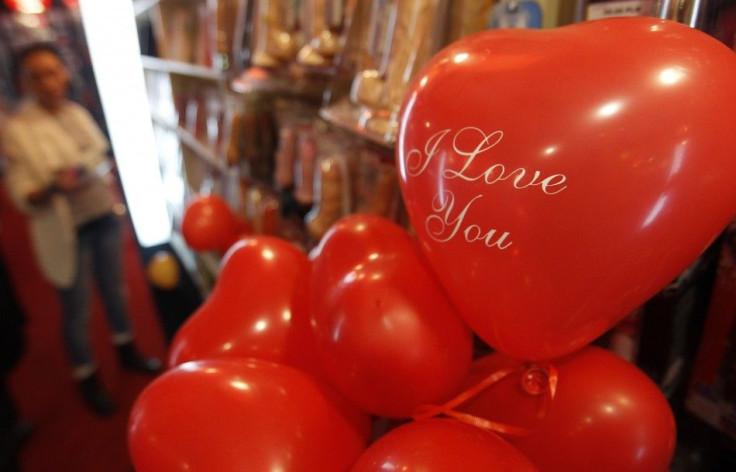Mom Calls Out Retailer's Dangerous Cost-Saving Method That Injured Child
A boy's 7th birthday did not turn out to be as merry as expected after a hydrogen balloon used as a decoration exploded, injuring the child.
Tina Co, the boy's mother, posted on Facebook about shocking the incident. She wrote that she had purchased balloons and other decoration items from a local party supply store in the Philippines. After the birthday party, she discarded most of the items but decided to keep the balloons until they shrivel up.
On the same night, her children began playing with one of the balloons. Then the explosion took place.
"My kids played with the biggest one filled with what I assumed was helium. It was attractive and had tiny balloons inside it. They tossed the balloon like [sic] a beach ball and we even joined in a couple of times," she recalled.
At some point, the birthday boy took the balloon with him to the bedroom. Shortly later, the mother heard a loud explosion and saw sparks and fire. She rushed to a bedroom and saw pieces of the balloon scattered around the room. The pieces were melted and torn apart.
See posts, photos and more on Facebook.
The boy sustained a minor burn injury from the explosion. Despite that, however, Co remains thankful as his eyes and face were unharmed.
She and her husband were confused at first as they knew helium was not an explosive gas. But they soon realized that the balloons might have been filled with hydrogen instead of helium to cut costs. Hydrogen ballooning is dangerous to the highly flammable nature of the gas.
"The only possible way is if the balloon shop used a cheaper alternative to helium, which is HYDROGEN. 1/4 the cost of helium," she wrote.
Co then messaged the seller, which she refused to name in her post, to inform them about the incident. The seller sincerely apologized and admitted that they had indeed used hydrogen instead of helium. The seller also said that their staff had forgotten to put warning stickers on the balloons.
"The big balloon contained tiny balloons inside which was a recipe for disaster. Friction could have triggered the explosion plus the leaking of oxygen/hydrogen. No need for a spark or flame. It’s a ticking time bomb if enough friction is made," she explained.
Co warned people to double-check the balloons before buying them.
"However innocent-looking those balloons are, we don't know what kind of gas they used to inflate it. Praying that this won't happen to anybody else," she wrote.






















